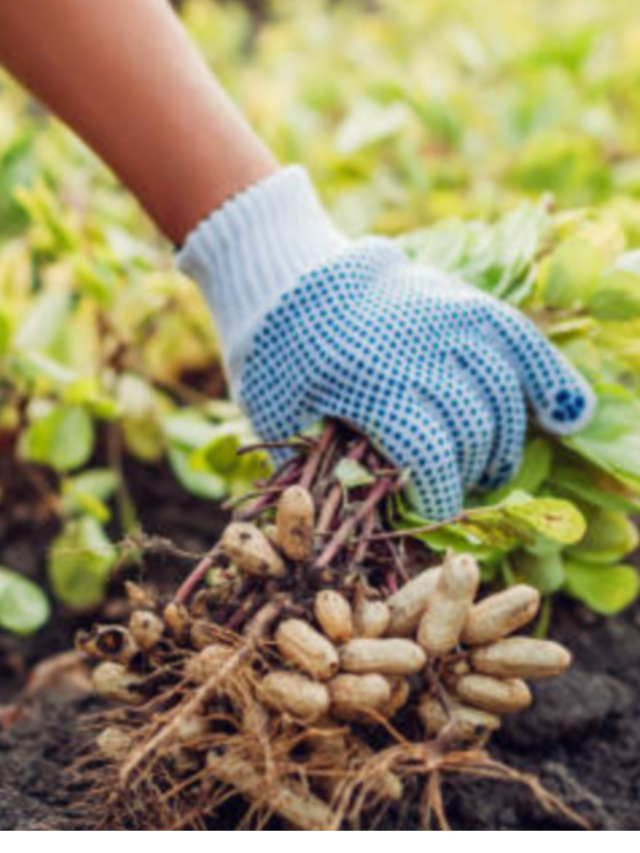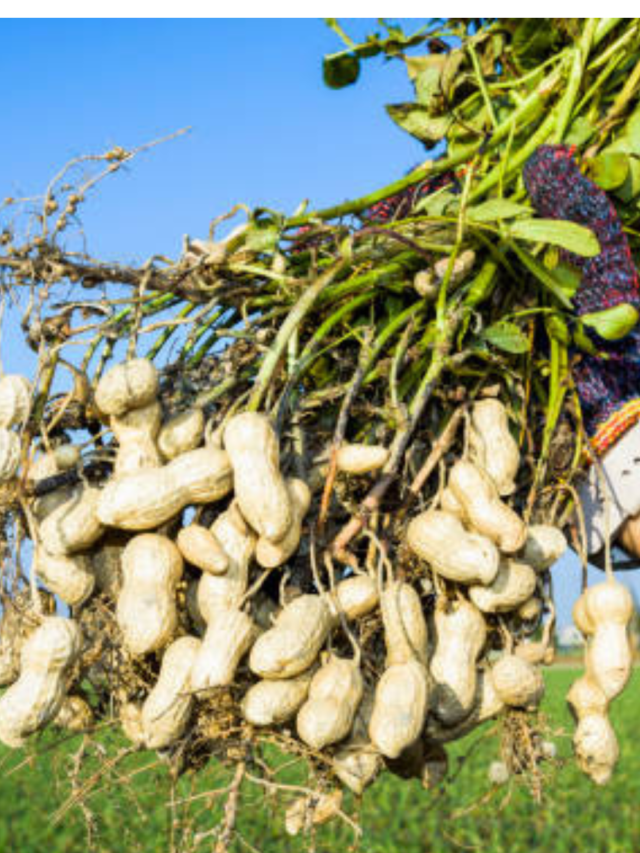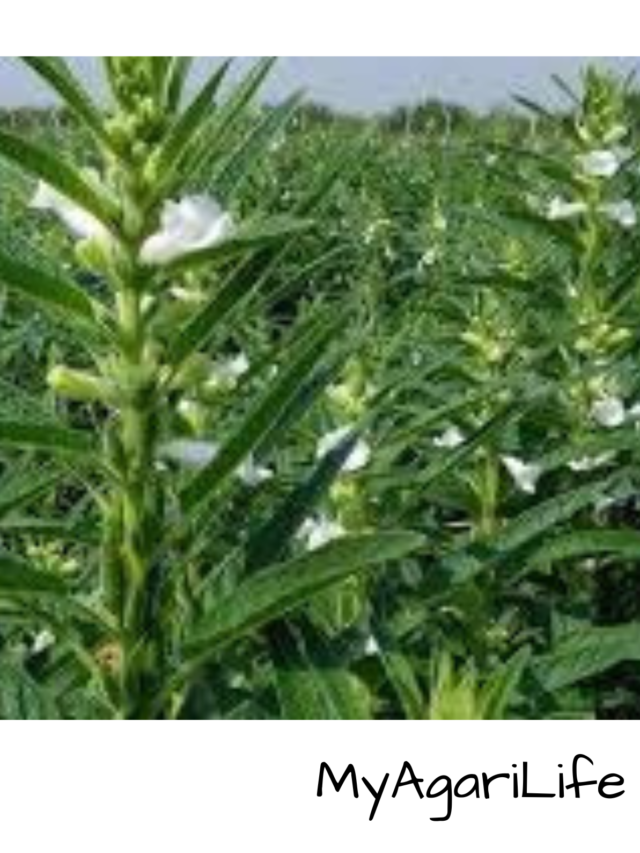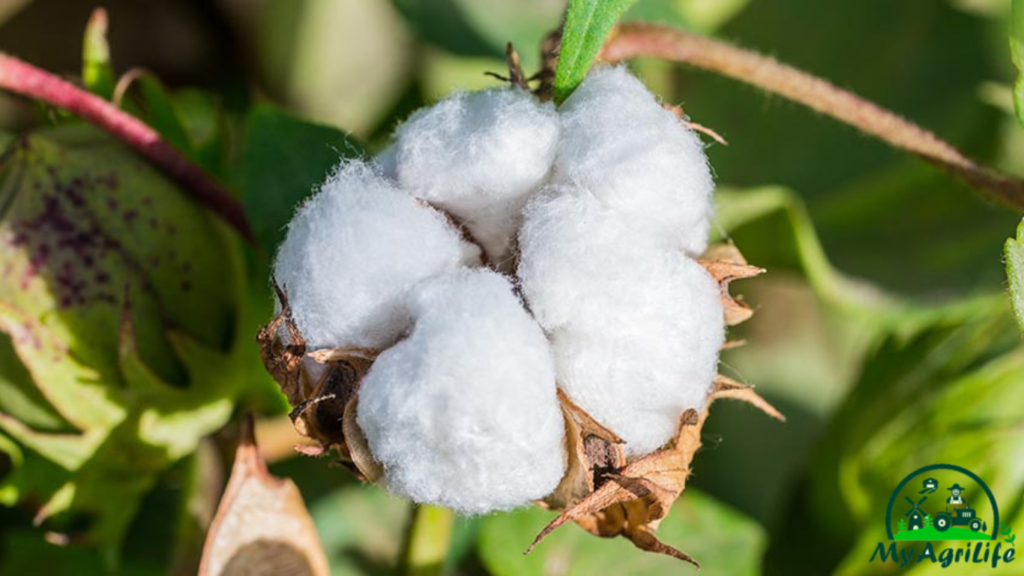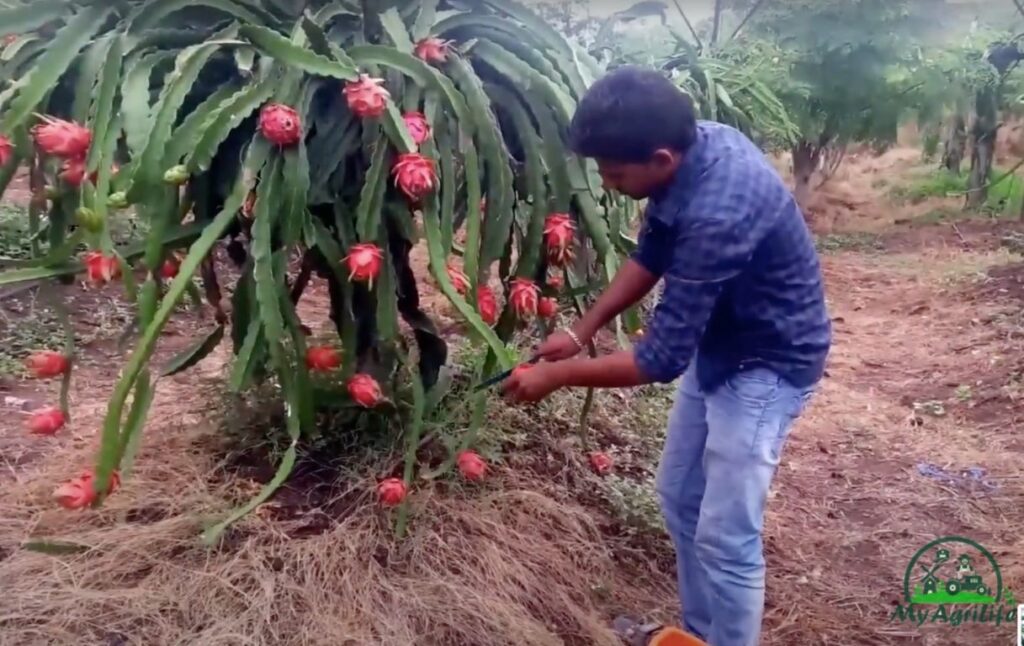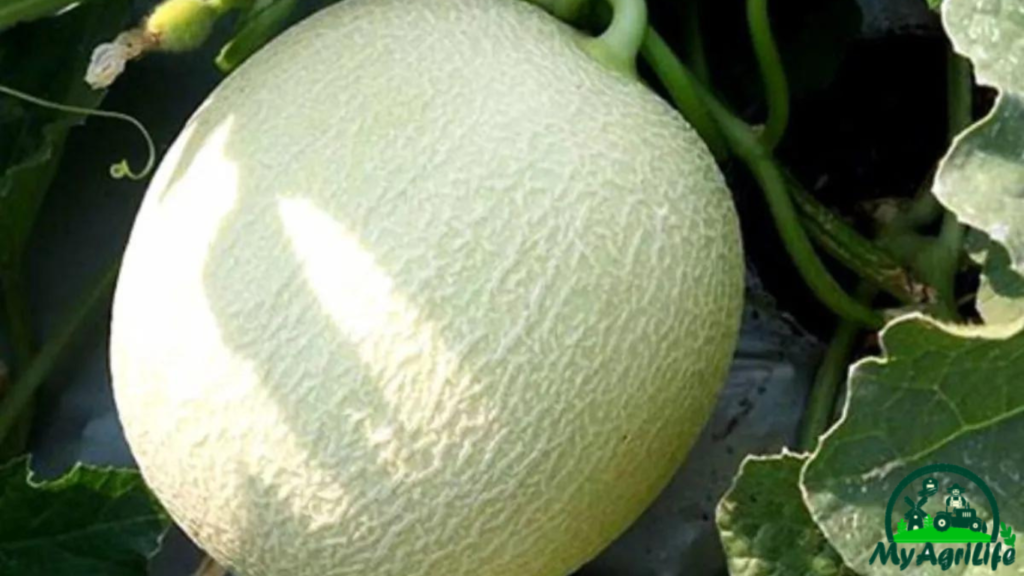
Muskmelon, also known as cantaloupe, is a type of fruit that belongs to the Cucurbitaceae family. It is round or oval in shape, with a hard, rough, and netted skin that is usually tan or green in color. The flesh is soft, juicy, and sweet, and ranges in color from pale green to orange.
Muskmelon is a good source of vitamins A and C, as well as potassium and dietary fiber. It is also low in calories and fat, making it a healthy snack option. Muskmelon can be eaten fresh as a snack or used in a variety of recipes, such as salads, smoothies, and desserts.
In traditional medicine, muskmelon has been used to treat a variety of ailments, including constipation, fever, and high blood pressure. However, it is always important to consult with a healthcare professional before using any natural remedies for medicinal purposes.
Seed Specification Muskmelon
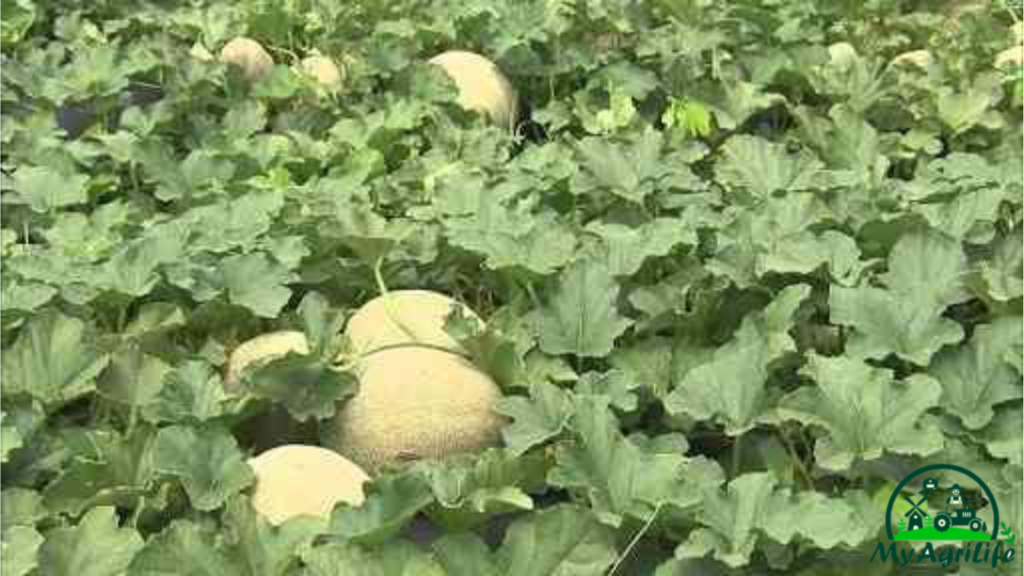
The seed of muskmelon is oval in shape and generally small in size, measuring about 4-5 mm in length and 3-4 mm in width. The seed coat is hard, smooth, and brown in color. The seed contains two cotyledons or seed leaves that are rich in nutrients.
Muskmelon seeds are a good source of protein, healthy fats, and dietary fiber. They also contain a range of vitamins and minerals, including vitamin E, iron, magnesium, and zinc. Muskmelon seeds are often consumed roasted or sprouted as a snack, and are sometimes added to breads, granolas, and other baked goods.
When purchasing muskmelon seeds, it is important to choose seeds from a reputable source, as seed quality can impact plant growth and fruit yield. It is also important to follow proper storage and planting techniques to ensure the best results.
Land Preparation & Soil Health Muskmelon
Land preparation and soil health are important factors to consider when growing muskmelon. Here are some tips for preparing the land and maintaining soil health for muskmelon cultivation:
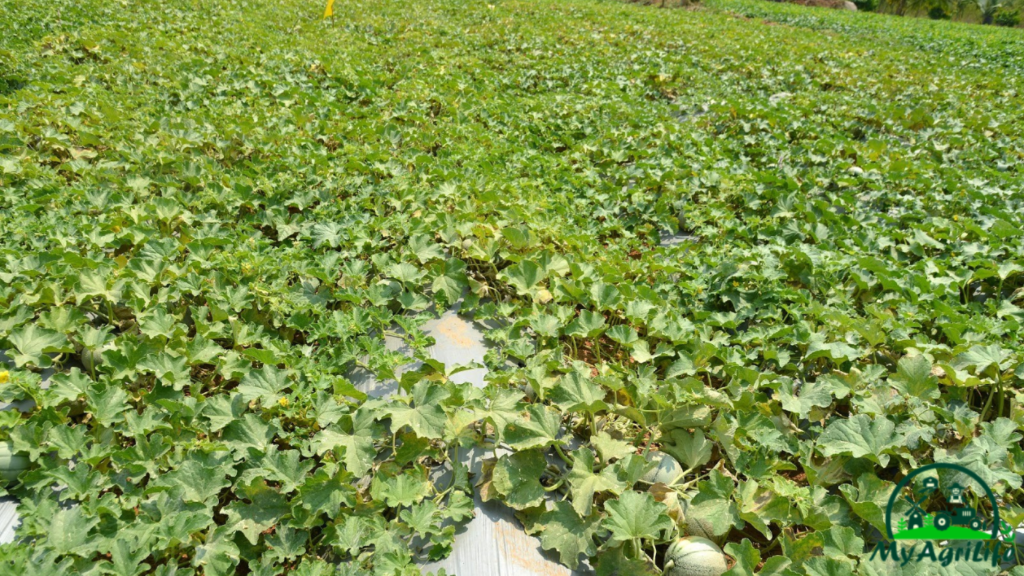
1.Site selection: Choose a site that receives plenty of sunlight and has well-draining soil. Avoid areas prone to waterlogging and those with a history of disease or pest infestations.
2.Soil testing: Test the soil to determine its pH, nutrient levels, and other properties. Muskmelon prefers a slightly acidic to neutral soil pH of 6.0 to 7.0.
3.Soil preparation: Till the soil to a depth of 8-10 inches to loosen it and improve drainage. Incorporate organic matter such as compost, well-rotted manure, or leaf litter to improve soil structure, fertility, and moisture-holding capacity.
4.Fertilizer application: Apply a balanced fertilizer such as 10-10-10 or 20-20-20 at a rate of 1-2 pounds per 100 square feet before planting. Muskmelon also benefits from additional nitrogen fertilization during the growing season.
5.Mulching: Apply a layer of organic mulch such as straw or leaves around the base of the plants to conserve moisture, suppress weeds, and regulate soil temperature.
6.Crop rotation: Rotate muskmelon with other crops to reduce disease and pest pressure and maintain soil health.
By following these tips for land preparation and soil health, you can help ensure a successful muskmelon harvest.
Crop Spray & Fertilizer Specification Muskmelon
Crop spraying and fertilizer application are important components of muskmelon cultivation. Here are some guidelines for crop spraying and fertilizer specification for muskmelon:
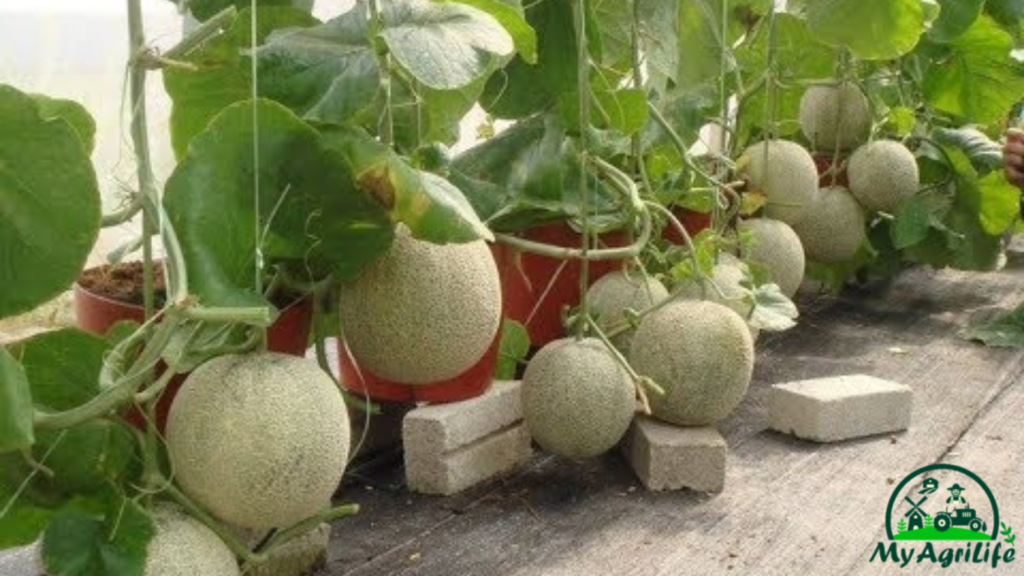
Crop Spraying:
1.Pest and disease management: Muskmelon is vulnerable to a variety of pests and diseases, including aphids, spider mites, powdery mildew, and bacterial wilt. Regular scouting and monitoring can help identify problems early, allowing for prompt and effective treatment.
2.Organic sprays: Many organic sprays are effective in controlling pests and diseases in muskmelon, such as neem oil, insecticidal soap, and copper fungicides. Follow the manufacturer’s instructions for application rates and timing.
3.Chemical sprays: Chemical sprays are also available for muskmelon pest and disease control. It is important to read and follow the label instructions carefully to ensure proper use and avoid harm to beneficial insects and the environment.
Fertilizer Specification:
1.Nutrient needs: Muskmelon has specific nutrient needs, including nitrogen, phosphorus, potassium, calcium, and magnesium. A balanced fertilizer with equal parts of these nutrients, such as 10-10-10 or 20-20-20, can provide the necessary nutrients.
2.Timing: Apply fertilizer at planting time and again two to three weeks after planting. Additional fertilizer may be needed during the growing season, depending on soil fertility and plant growth.
3.Organic fertilizers: Organic fertilizers, such as compost, well-rotted manure, and fish emulsion, can also be used to provide nutrients to muskmelon. They are slower-release and provide a more sustained source of nutrients to the plants.
4.Foliar feeding: Foliar feeding with a liquid fertilizer, such as fish emulsion or seaweed extract, can also be used to supplement plant nutrition during the growing season.
By following these guidelines for crop spraying and fertilizer specification, you can help ensure a healthy and productive muskmelon crop.
Weeding & Irrigation Muskmelon
Weeding and irrigation are important cultural practices for muskmelon cultivation. Here are some guidelines for weeding and irrigation for muskmelon:
Weeding:
1.Early weed control: Weeds can compete with muskmelon plants for nutrients, water, and sunlight, and may also harbor pests and diseases. Early weed control is essential to minimize weed competition and ensure optimal plant growth and yield.
2.Hand weeding: Hand weeding is an effective and organic method of weed control in muskmelon. It is important to remove weeds before they become established and compete with the crop.
3.Mulching: Mulching with organic material such as straw, hay, or leaves can also help control weeds by suppressing weed growth and conserving soil moisture.
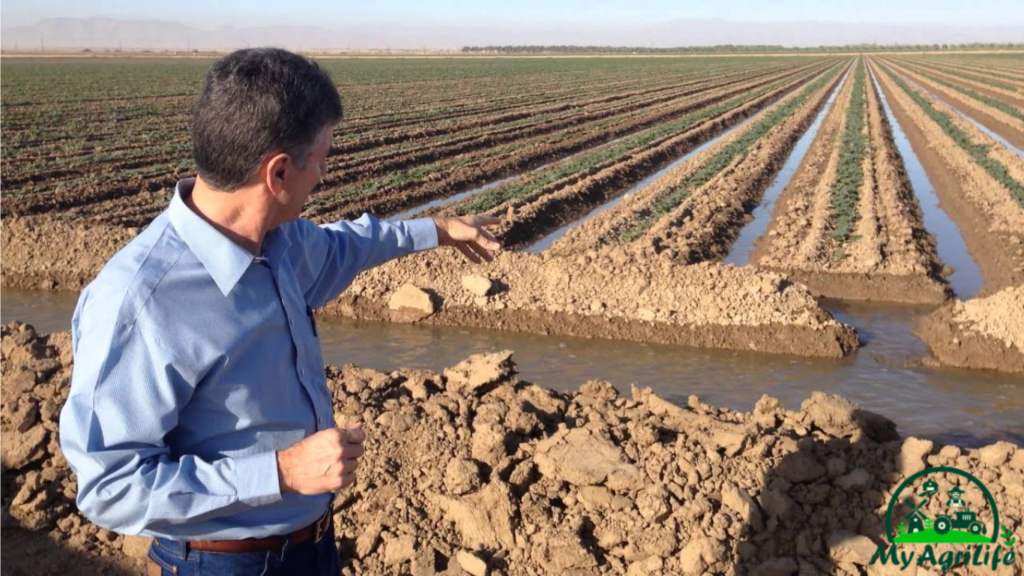
Irrigation:
1.Water needs: Muskmelon requires regular and adequate water to grow and produce fruit. The amount of water needed depends on factors such as soil type, climate, and stage of growth.
2.Drip irrigation: Drip irrigation is a recommended method of irrigation for muskmelon. It delivers water directly to the root zone, minimizing water loss through evaporation and reducing the risk of disease.
3.Frequency: Muskmelon plants should be irrigated deeply and regularly to maintain even soil moisture. Watering frequency may vary depending on weather conditions and plant growth stage.
4.Avoid overhead watering: Overhead watering should be avoided as it can increase the risk of fungal diseases and damage the fruit. If overhead watering is necessary, it should be done early in the day to allow the foliage to dry quickly.
By following these guidelines for weeding and irrigation, you can help ensure a healthy and productive muskmelon crop.
Harvesting & Storage Muskmelon
Harvesting and storage are important steps in the muskmelon production process. Here are some guidelines for harvesting and storage of muskmelon:
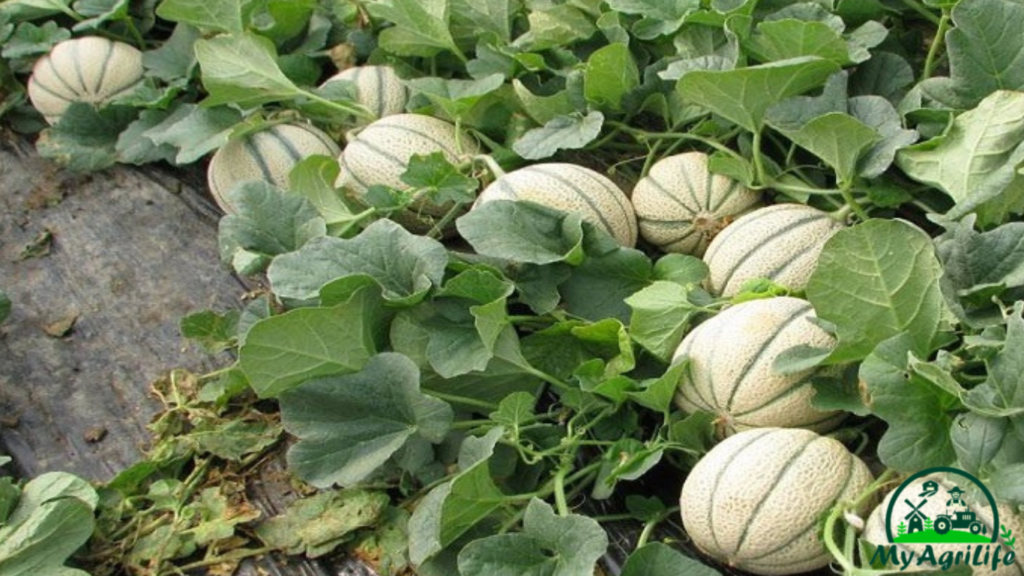
Harvesting:
1.Maturity: Muskmelon should be harvested when it is mature, fully ripened, and fragrant. The fruit should also be slightly soft when gently pressed at the blossom end.
2.Harvest time: Muskmelon is typically harvested 70-90 days after planting, depending on the variety and growing conditions.
3.Harvest method: Muskmelon can be harvested by hand, using a sharp knife or pruners to cut the stem just above the fruit. Be careful not to damage the fruit or leave too much stem attached to the fruit.
Storage:
1.Temperature and humidity: Muskmelon should be stored at a temperature of 50-55°F (10-13°C) and a relative humidity of 90-95%. Store the fruit in a cool, dark, and well-ventilated area.
2.Shelf life: Muskmelon has a limited shelf life and should be consumed within 1-2 weeks of harvest.
3.Ripening: Muskmelon does not continue to ripen after harvest, so it is important to harvest it at the correct maturity stage.
4.Ethylene gas: Exposure to ethylene gas can speed up the ripening process, but it can also cause over-ripening and spoilage if not used properly.
By following these guidelines for harvesting and storage of muskmelon, you can help ensure a high-quality and flavorful fruit for consumption.
Conclusion
In conclusion, Muskmelon farming can be a profitable venture if done properly with proper planning and management. The key factors to consider for successful Muskmelon farming include selecting the right variety, preparing the soil well, providing proper irrigation, timely application of fertilizers and pesticides, and proper harvesting and storage techniques.
Muskmelon is a summer crop that requires warm temperatures and adequate sunlight to grow properly. It can be grown in a variety of soils, but well-drained sandy loam soil with good organic content is considered the best for its cultivation. Regular watering and weeding are essential for proper growth and development of the crop.
By following best practices in Muskmelon farming, farmers can produce high-quality fruit that can fetch good prices in the market. Muskmelon farming also has the potential to create employment opportunities and improve the livelihoods of farmers.
